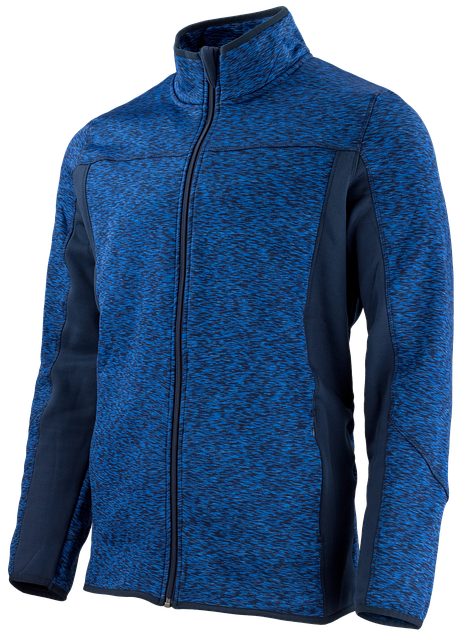Sportswear: Function, Fashion, and Everyday Activewear
Sportswear blends performance-driven design with everyday style, making it an essential part of modern wardrobes. From gym sessions to casual errands, sportswear focuses on comfort, mobility, and fabric technology while intersecting with broader clothing and fashion trends. This article explains what makes sportswear distinct, how it connects with clothing and fashion, and how activewear and athleisure fit into daily life.

What is sportswear and why it matters
Sportswear refers to clothing designed primarily for physical activity, but its purpose extends beyond exercise. Key features include breathable fabrics, stretch, and construction that supports movement and reduces friction. Sportswear can improve comfort during workouts and provide durability for repeated use. As a category, it covers specialized pieces like compression garments and basic essentials like moisture-wicking shirts, and it plays a role in workplace uniforms, team kits, and lifestyle wardrobes where functionality is prioritized.
How sportswear differs from other clothing
Sportswear differs from general clothing in materials and intended use. Whereas everyday clothing often prioritizes appearance and trends, sportswear prioritizes performance attributes: quick-drying textiles, flattened seams, and ergonomic cuts. These technical choices affect fit, longevity, and maintenance. That said, crossover pieces exist; many garments offer both practical benefits and style cues. Understanding the differences helps consumers choose appropriate items for exercise versus casual wear and informs washing and care practices to preserve function.
How fashion influences sportswear design
Fashion influences sportswear through silhouette, color, and detail while sportswear influences fashion via technical innovation. Designers borrow from activewear to create streamlined, performance-inspired looks for mainstream fashion, and sports brands adopt runway aesthetics for broader appeal. This exchange affects fabric selection, with recycled materials and sustainable practices increasingly visible. The result is clothing that balances aesthetic trends with functional needs, giving consumers more choices that reflect personal style alongside activity requirements.
What to look for in functional activewear
When choosing activewear, prioritize fit, fabric, and purpose. Look for materials with moisture management and stretch appropriate to the activity—high-impact training usually benefits from supportive, compressive fabrics, while low-impact activities need breathable, flexible textiles. Pay attention to seam placement, waistband construction, and pocket functionality. Durability and ease of care matter: garments that keep their shape and resist pilling will last longer. Considering these elements helps you select clothing that supports performance without sacrificing comfort.
How athleisure fits into everyday wardrobes
Athleisure blends activewear and casual fashion to create clothing suitable for both exercise and daily life. Typical athleisure pieces include joggers, hoodies, and sneakers that emphasize comfort and a relaxed look while maintaining some technical features. This trend reflects lifestyle shifts toward more casual dress codes and prioritizing comfort for commutes, remote work, and social activities. When integrating athleisure, balance proportions and textures—pair technical tops with tailored bottoms or elevate casual silhouettes with structured layers to keep outfits versatile.
Sportswear choices can also involve practical considerations such as sustainability, intended frequency of use, and local availability. Many brands offer lines with recycled fibers or certified manufacturing practices; these options may cost more but can reduce environmental impact over time. For specialized needs—team uniforms, adaptive clothing, or technical gear—look for reputable retailers and local services that provide fitting guidance or returns, as fit and material performance vary by brand and activity.
Conclusion
Sportswear occupies a practical and stylistic space within modern clothing, bridging athletic performance and everyday fashion. Understanding material properties, construction details, and how trends like athleisure reshape wardrobes helps you choose garments that meet activity needs and personal style. Whether selecting targeted activewear for a specific sport or integrating athleisure pieces into daily outfits, informed choices about fit, fabric, and function make sportswear a versatile part of contemporary clothing and fashion.






